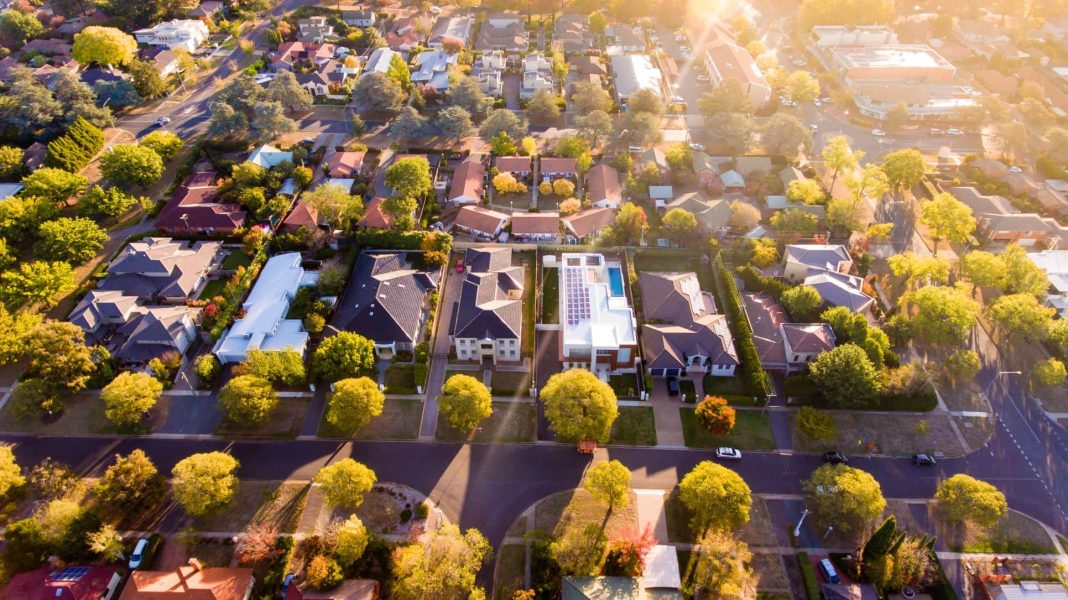The value of residential houses and units in Australia have skyrocketed to new heights according to a recent Australia Bureau of Statistics (ABS) report, released Tuesday 7 December.
The total value of the 10.7 million residential dwellings has risen by $487 billion in the September 2021 quarter, reaching a high of $9,259.2 billion.
In terms of median prices, residential dwellings across the country rose by $42,000, increasing to $863,700 in the September quarter from $821,7000 in the June quarter.
Head of Prices Statistics at the ABS, Michelle Marquardt, said the total value of Australia’s residential dwellings has surpassed $9 trillion for the first time in history.
“The value of Australia’s dwelling stock has risen by nearly $1 trillion in the past six months,” Ms Marquardt said.
“By comparison, the previous increase of just over $1 trillion took 15 months, rising from $7.2 trillion in the December quarter 2019 to $8.4 trillion in the March quarter 2021.”
Canberra saw its highest rise in residential property prices since records began in the past 12 months, recording a 25.2 per cent increase.
Over the April-to-June quarter, Canberra recorded a six per cent increase in residential property prices.
During the July-to-September quarter, while Canberra was in lockdown, the residential property transaction numbers dropped.
“The September quarter results were consistent with housing market conditions,” Ms Marquardt said.
“Continued solid growth in residential property prices was supported by record low interest rates, strong demand and low levels of stock on the market.”
Real Estate Institute of Australia (REIA) President, Adrian Kelly, said with housing affordability continuing to worsen, first home buyers will be hit the hardest.
The proportion of income required to meet loan repayments increased to 36.2 per cent across the country, according to the latest REIA Housing Affordability Report.
Mr Kelly said while in many states housing affordability declined over the September quarter, in the ACT it has actually improved.
The Territory also had the smallest decrease in first home buyers compared to the rest of the country.
“The number of first home buyers decreased over the September quarter in all states and territories. South Australia had the largest decrease of 21.6 per cent and the ACT had the smallest decrease of 0.7 per cent,” he commented.
Surprisingly, in the past 12 months, the number of first home buyers has increased in the ACT.
Mr Kelly said the rising market shows the need for government programs, including the First Home Loan Deposit Scheme and the First Home Super Saver Program, to be continually supported.
Over the September quarter, rental affordability has generally remained stable, added Mr Kelly.
“Over the quarter, rental affordability improved in Victoria and Tasmania, remained stable in the ACT but declined in all other states and territories,” he said.
Mr Kelly said both Federal and State Governments need to ensure regulation, supply and policy levers are balanced correctly to address the complexities surrounding housing affordability.
Housing affordability in Australia peaked around 20 years ago, according to REIA’s Housing Affordability Report – the past 20 years, when the proportion of family income required to meet an average loan repayment was 27.2 per cent.
Get all the latest Canberra news, sport, entertainment, lifestyle, competitions and more delivered straight to your inbox with the Canberra Daily Daily Newsletter. Sign up here.



